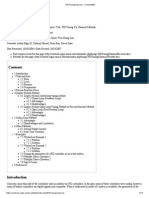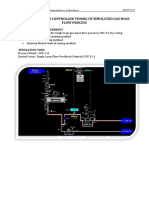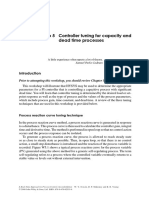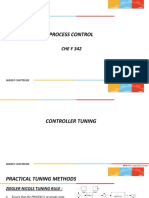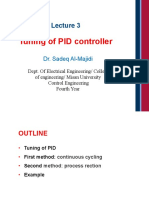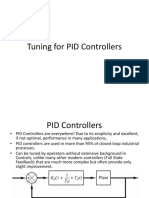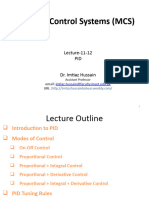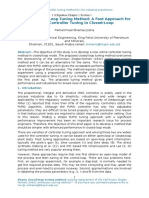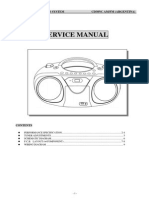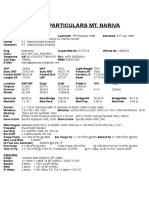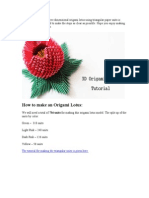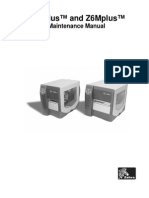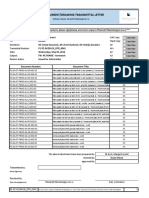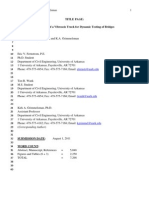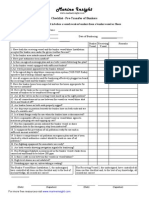0% found this document useful (0 votes)
38 views10 pagesPID Tuning Lecture
PID tuning involves adjusting controller parameters to optimize process performance and minimize error. Common methods include trial and error, Ziegler-Nichols, and Cohen-Coon, each with specific applications for flow, level, pressure, and temperature control. The Ziegler-Nichols method is suitable for both closed and open-loop systems, while Cohen-Coon is used for systems with significant dead time.
Uploaded by
Usama G.MustafaCopyright
© © All Rights Reserved
We take content rights seriously. If you suspect this is your content, claim it here.
Available Formats
Download as PDF, TXT or read online on Scribd
0% found this document useful (0 votes)
38 views10 pagesPID Tuning Lecture
PID tuning involves adjusting controller parameters to optimize process performance and minimize error. Common methods include trial and error, Ziegler-Nichols, and Cohen-Coon, each with specific applications for flow, level, pressure, and temperature control. The Ziegler-Nichols method is suitable for both closed and open-loop systems, while Cohen-Coon is used for systems with significant dead time.
Uploaded by
Usama G.MustafaCopyright
© © All Rights Reserved
We take content rights seriously. If you suspect this is your content, claim it here.
Available Formats
Download as PDF, TXT or read online on Scribd
/ 10





